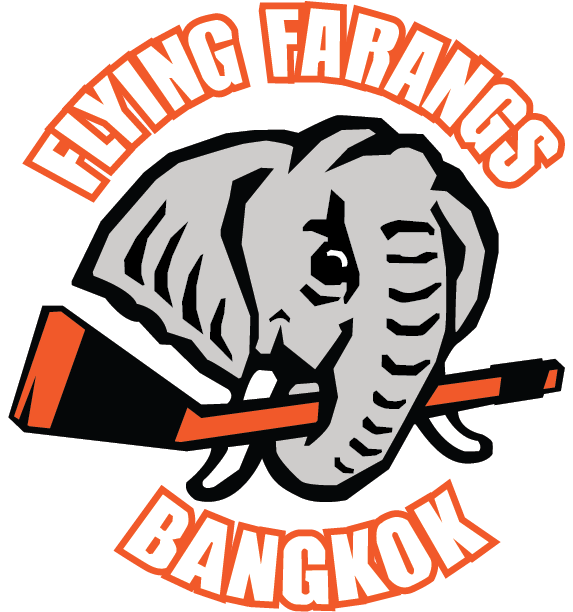On Friday September 9th at 8:30, there will be a Flying Farangs vs Phuket Pirates game in charity game for the family of Jeff LaMantia.
The game will be held at the Thailand International Ice Hockey Arena.
Admission for the game is free. All donations will go to the LaMantia family.






































